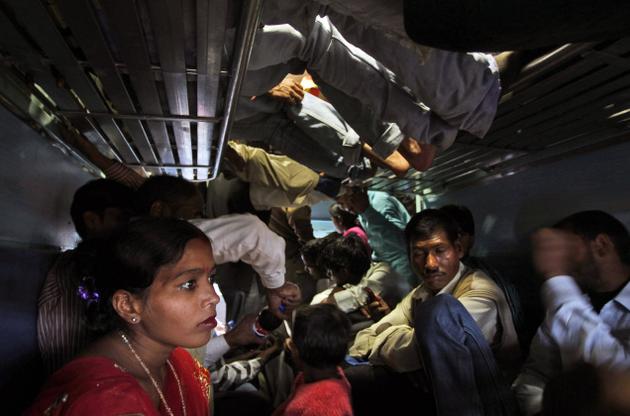 NEW DELHI, September 8; The workforce of the future will come from Uttar Pradesh and Bihar, with developed States like Kerala and Tamil Nadu hitting — or even bypassing — their peaks, new census data shows.
NEW DELHI, September 8; The workforce of the future will come from Uttar Pradesh and Bihar, with developed States like Kerala and Tamil Nadu hitting — or even bypassing — their peaks, new census data shows.
Two simultaneous and opposing processes are going on in India, the ‘single year age data’ released by the office of the Census Commissioner on Friday reveals.
On the one hand, States like Kerala, Andhra Pradesh, Maharashtra and Himachal Pradesh have witnessed a fall in their absolute child population under the age of 14. “This was to be expected as the reduction in female fertility that began in the 70s in the southern States begins to have an impact,” said P. Arokiasamy, demographer and Professor in the Department of Development Studies at the International Institute for Population Sciences (IIPS).
With the share of these States — and that of other States like Tamil Nadu, Gujarat and Uttarakhand that have had only small increases in child population — in the total child population falling, the share of Bihar and Uttar Pradesh, that still have high fertility, has risen sharply. One in every three children under the age of 14 in India comes from Bihar or Uttar Pradesh.
While India as a whole has 31 per cent of its population under the age of 14, the corresponding number for U.P. is 35.69 per cent and an astounding 40.1 per cent for Bihar; four out of every 10 people in Bihar is under the age of 14. This is the highest such proportion for any State; it is possibly even the world’s highest, according to Mr. Arokiasamy. So, while the rest of the country has lowered the proportion of its population that is under 14, for Bihar, this proportion has increased by over 10 percentage points since 2001. This makes it the only State that has added more persons under the age of 14 than over the age of 60.
Simultaneously, developed States are reaching their peak working age populations, and are ageing faster than the rest of the country. Tamil Nadu currently has the highest proportion of its people in the working age population — two out of three residents of the State are between the ages of 15 and 59. Kerala, meanwhile, is on the verge of the long-expected beginning of the decline in its working population; while the absolute number of people in Kerala between the ages of 15 and 59 has increased slightly, its proportion to the State’s whole population has declined slightly.
Seen together, the two processes imply that today’s children, who come overwhelmingly from U.P. and Bihar, will form the workforce of the future. This has major implications for State and Centre policy. For one, it means that northern States will have to spend more on school education, while southern States can begin to focus more on quality, Mr. Arokiasamy says. The other implication is, as Census Commissioner C. Chandramouli told The Hindu, that skill development is going to be make or break for India’s demographic dividend to pay off.
The southern States will also have to increasingly deal with the consequences of an ageing population.
While India as a whole has 8.5 per cent of its population over 60, Tamil Nadu and Kerala have older populations; nearly 13 per cent of Kerala is over the age of 60, a level comparable with those of northern European countries.
Median ages
The vastly different stages of development that the northern and southern States are at are best illustrated by their median ages; there is a 10-year difference between the median ages of U.P. (between 20 and 21) and Kerala (between 30 and 31), calculations done by The Hindu from the census data show.
